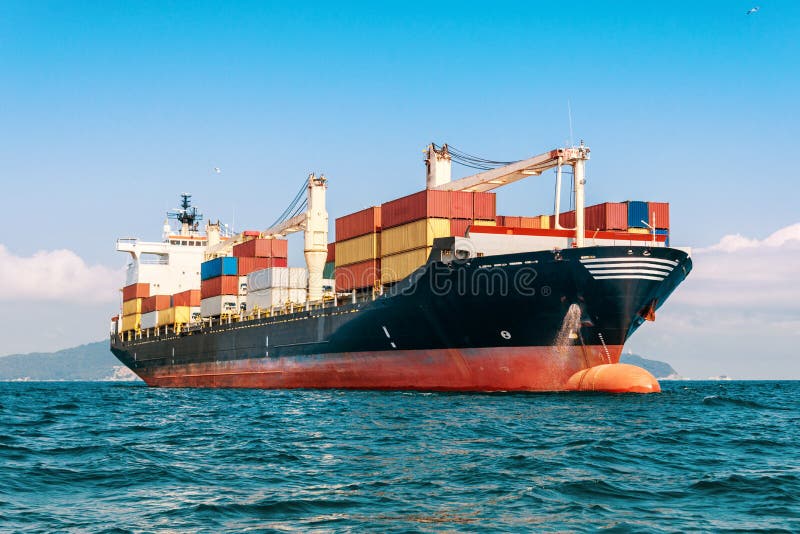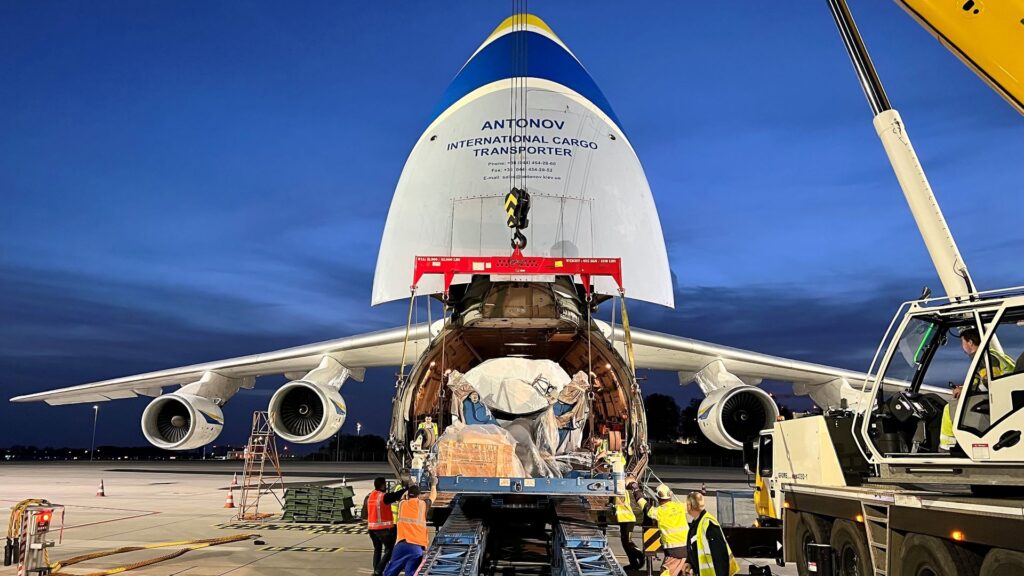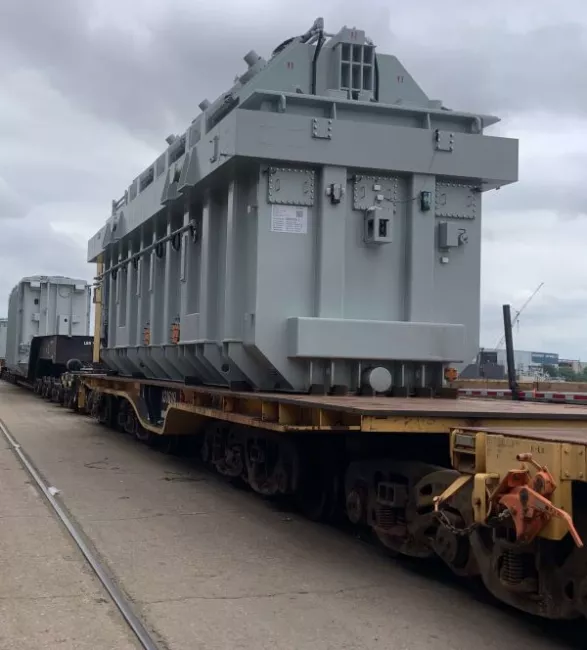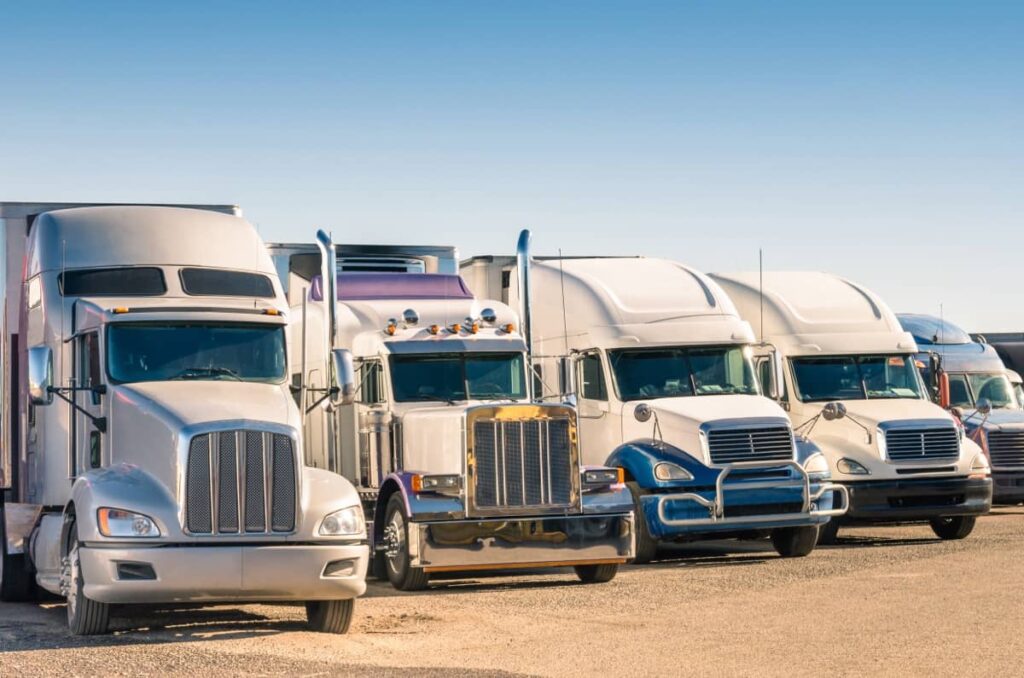International trade between China and Australia continues to grow, but importers face challenges such as long transit times, customs clearance, and unpredictable costs. China to Australia freight forwarding provides solutions through optimized shipping methods, accurate tracking, and professional handling of complex logistics processes. This guide explains everything shippers need to know.
What is China to Australia Freight Forwarding?
China to Australia freight forwarding refers to the management of cargo shipments through professional logistics companies. These freight forwarders coordinate transportation across sea, air, courier, and rail-sea combinations. Moreover, they ensure proper documentation, customs clearance, and delivery to the consignee’s location.
How Does Freight Forwarding from China to Australia Work?
The forwarding process includes several stages:
- Cargo booking with airlines, shipping lines, or rail operators.
- Consolidation for LCL cargo or single container bookings for FCL.
- Export clearance with Chinese customs authorities.
- International transport via air, sea, or intermodal routes.
- Import customs clearance in Australia.
- Final delivery through trucking to warehouses or retail outlets.
Accordingly, freight forwarders act as intermediaries, connecting shippers with carriers and authorities.
What Shipping Methods Are Available from China to Australia?
| Mode | Cost (USD) | Transit Time | Advantages | Disadvantages |
|---|---|---|---|---|
| Air Freight | $5–8/kg | 5–8 days | Fast, reliable, good for urgent goods | High price for bulk cargo |
| Sea Freight (FCL) | $1,000–2,200/container | 20–30 days | Economical for full containers | Slow transit |
| Sea Freight (LCL) | $40–70/cbm | 25–35 days | Affordable for small loads | Risk of consolidation delays |
| Courier/Express | $6–12/kg | 4–7 days | Door-to-door, simple customs | Expensive, limited volume |
| Rail-Sea Combined | $2,200–2,800/container | 22–28 days | Balanced cost/time | Limited service network |
Why Choose Air Freight for China to Australia Shipping?
Air freight offers unmatched speed. Electronics, pharmaceuticals, and fashion products often rely on this method to meet retail deadlines. However, higher costs make it less practical for bulk cargo.
Why is Sea Freight Popular Between China and Australia?
Sea freight remains the backbone of China-Australia trade. Full containers (FCL) and less-than-container load (LCL) services carry machinery, furniture, and building materials. Although slower, sea shipping offers the lowest per-unit costs, making it ideal for bulk goods.
Case Studies of China to Australia Freight Forwarding
Case 1: Air Freight Shenzhen → Sydney
- Cargo: 3 tons of smartphones
- Mode: Air freight
- Cost: $6.2/kg (~$18,600)
- Transit: 6 days
- Outcome: Tracking allowed customs preparation, reducing clearance time to 1 day.
Case 2: Sea Freight Ningbo → Melbourne (FCL)
- Cargo: 40HQ container of furniture
- Cost: $2,050
- Transit: 27 days
- Outcome: Forwarder pre-booked trucking, avoiding $1,200 demurrage.
What Documents Are Required for China to Australia Freight Forwarding?
| Document | Purpose |
|---|---|
| Commercial Invoice | Declares shipment value |
| Packing List | Confirms cargo details |
| Bill of Lading/Air Waybill | Contract of carriage |
| Certificate of Origin | Verifies manufacturing country |
| Import Permit | Needed for restricted items |
| Customs Declaration | Required for Australian entry |
Proper documentation avoids clearance delays and penalties.
How Much Does Freight Forwarding Cost from China to Australia?
Costs depend on cargo size, method, and destination:
| Route | Mode | Avg Cost | Transit Time |
|---|---|---|---|
| Shanghai → Sydney | Sea FCL 40HQ | $1,800–2,200 | 23–28 days |
| Shenzhen → Brisbane | Air Freight | $6–7/kg | 6–8 days |
| Ningbo → Melbourne | Sea LCL | $50–70/cbm | 25–32 days |
| Guangzhou → Perth | Express | $7–10/kg | 4–6 days |
What Are the Pros and Cons of Each Freight Option?
| Mode | Pros | Cons |
|---|---|---|
| Air Freight | Fastest, secure, reliable | High cost |
| Sea Freight | Cheapest for bulk | Long transit times |
| Courier | Door-to-door, easy customs | Limited load capacity |
| Rail-Sea | Balanced transit & cost | Fewer routes |
How Can Businesses Save on Freight from China to Australia?
To illustrate, companies can:
- Book shipments in advance.
- Consolidate cargo for LCL savings.
- Compare rates from multiple carriers.
- Use freight forwarders for customs expertise.
- Optimize packaging to reduce volume weight.
Do Freight Forwarders Add Value Beyond Transportation?
Indeed, freight forwarders provide end-to-end services including:
- Customs brokerage.
- Cargo insurance.
- Warehousing and distribution.
- Tracking integration with supply chain systems.
As a result, forwarders deliver not only cost efficiency but also peace of mind.
Conclusion Amazing
To summarize, China to Australia freight forwarding offers multiple transport solutions tailored to different needs. Air freight ensures speed, sea freight delivers cost efficiency, and courier services guarantee reliability for smaller shipments. With proper documentation, strategic planning, and expert support from forwarders like Top China Freight, businesses can reduce risks, optimize supply chains, and succeed in global trade.
- Consult TJ China Freight Forwarding for the lowest quote. They will provide you with reliable, cost-effective service.
FAQ:
Q1.How do I calculate China to Australia freight forwarding costs?
Rates depend on cargo weight, container size, and route. Compare air, sea, and courier to choose the most economical option.
Q2.What is the average sea freight time from China to Australia?
Sea freight usually takes 20–30 days, depending on departure port, vessel schedule, and customs clearance at Australian ports.
Q3.Can I track China to Australia freight forwarding shipments online?
Yes, forwarders and carriers provide digital tracking platforms, offering real-time updates on departure, transit, and arrival times.
Q4.Do I need special permits for China to Australia freight forwarding?
Some restricted goods require import permits, including chemicals, pharmaceuticals, and agricultural products. Check with Australian Border Force.
Q5.Is air freight always better for urgent shipments?
Air freight is fastest, but higher costs may impact margins. Courier services also provide fast door-to-door delivery for smaller goods.





